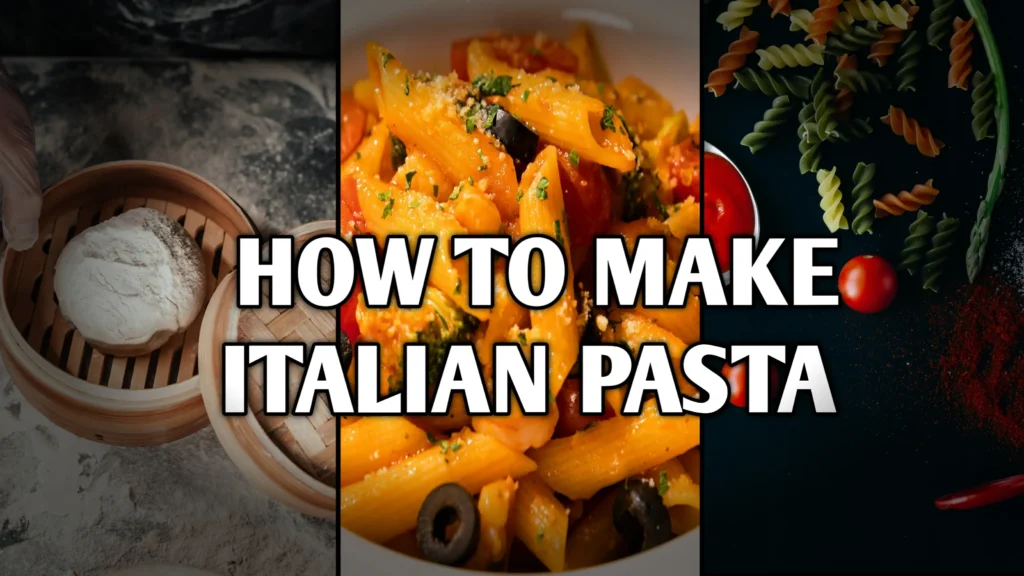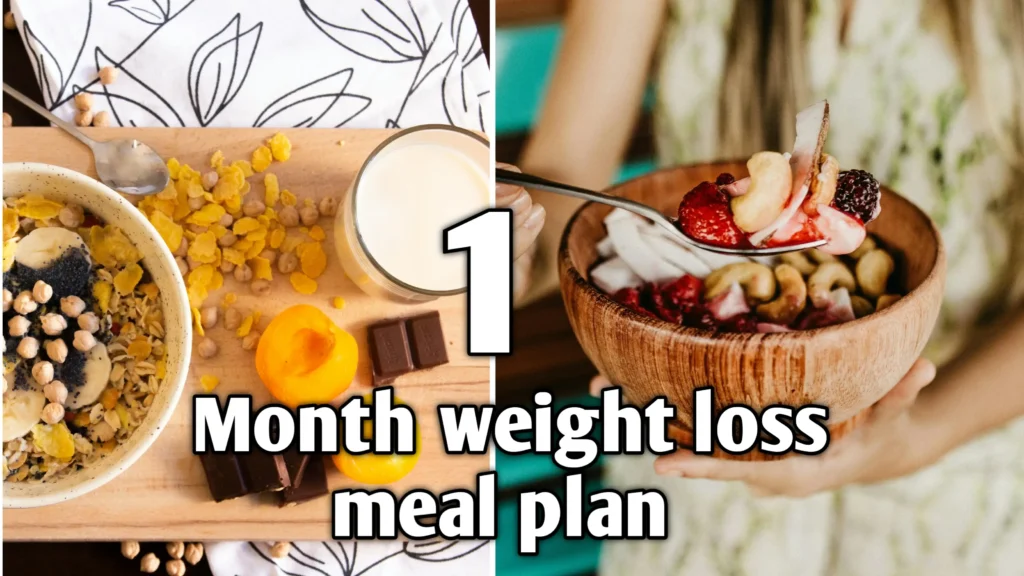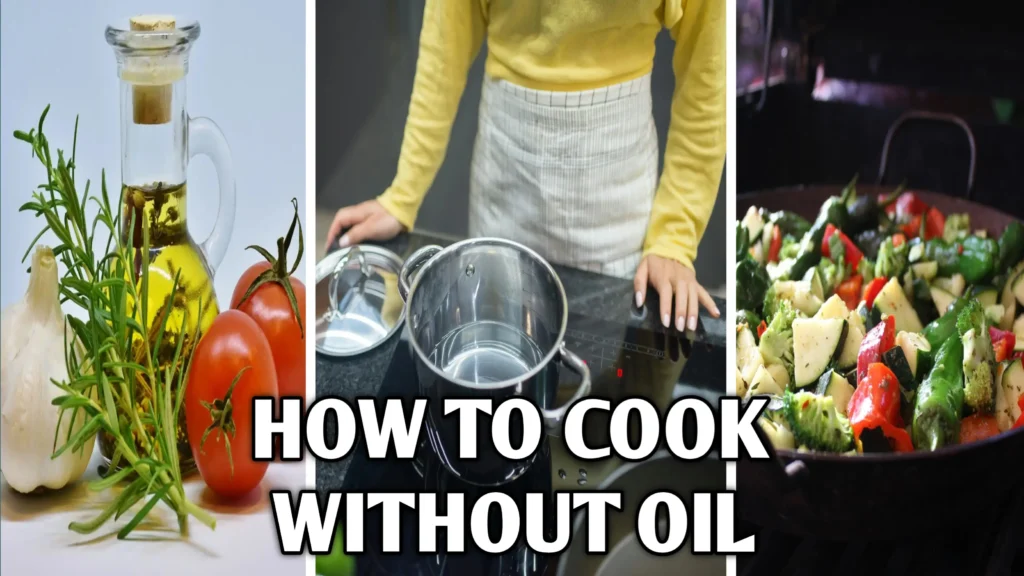
Introduction
Embarking on a journey of how to cook without oil can feel like stepping into uncharted culinary territory, yet the rewards—a lighter palate, improved health markers, and vibrant vegetable flavors—are unparalleled. Whether you’re a seasoned vegetarian or just curious about oil-free cooking tips, understanding how to cooking without oil transforms your kitchen into a playground of creativity. In this guide, we’ll delve deeply into every angle of cook without oil, from mastering oil-free sautéing techniques to discovering oil-free cooking for weight loss, ensuring you emerge confident in preparing nutritious, mouthwatering meals—no oil required. 🌱
Why Embrace How to Cook without Oil: Health Benefits and Oil-Free Cooking Tips
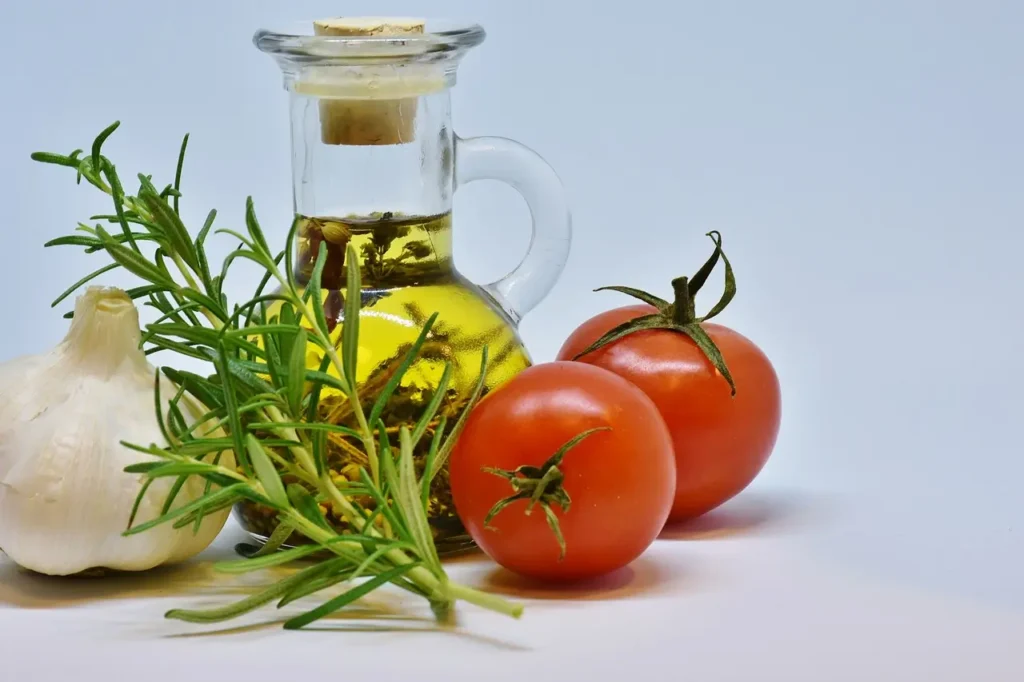
Adopting cooking without oil is more than a trend; it’s a commitment to reducing excess calories, harmful fats, and inflammation in the body. Studies show that even small reductions in dietary oil can improve cardiovascular health, support healthy weight management, and decrease oxidative stress. Learning how to cook without oil encourages you to lean on whole-food ingredients—crisp vegetables, hearty legumes, and fragrant herbs—instead of relying on oil’s flavor mask. By integrating these oil-free cooking tips, you’ll naturally increase your intake of fiber, antioxidants, and plant-based proteins, paving the way for sustained energy and wellness.
Essential Oil-Free Sautéing Techniques for How to Cook without Oil
One of the first challenges in cooking without oil is mastering oil-free sautéing techniques that preserve flavor and texture without sticking or burning. The key lies in patience and temperature control: preheat a quality nonstick or seasoned cast-iron pan on medium heat until it’s uniformly hot, then add a splash of vegetable broth, water, or acidic liquid like lemon juice. Swirl to coat the surface, then introduce your aromatics—garlic, ginger, or onions—allowing them to release their fragrance in the steam. With a gentle lift-and-toss motion, continue adding small amounts of liquid as needed, maintaining a moist environment. This approach to cook without oil ensures vibrant, caramelized vegetables without the extra calories of oil.
Steaming, Poaching, and Boiling: Techniques for How to Cook without Oil
Beyond the skillet, how to cook without oil extends to steaming, poaching, and boiling—methods that highlight the natural succulence of vegetables. Steaming retains more nutrients than boiling, while poaching infuses foods with subtle flavor by cooking them gently in seasoned liquids. For instance, learning how to cooking without oil via steaming broccoli over an herb-infused broth or poaching tomatoes in a spiced vegetable stock elevates both texture and taste without added fat. These oil-free cooking tips not only simplify meal prep but also preserve the vibrant colors and crispness that make vegetable-centric meals so appealing.
Dry Roasting and Grilling: How to Cook without Oil for Depth of Flavor
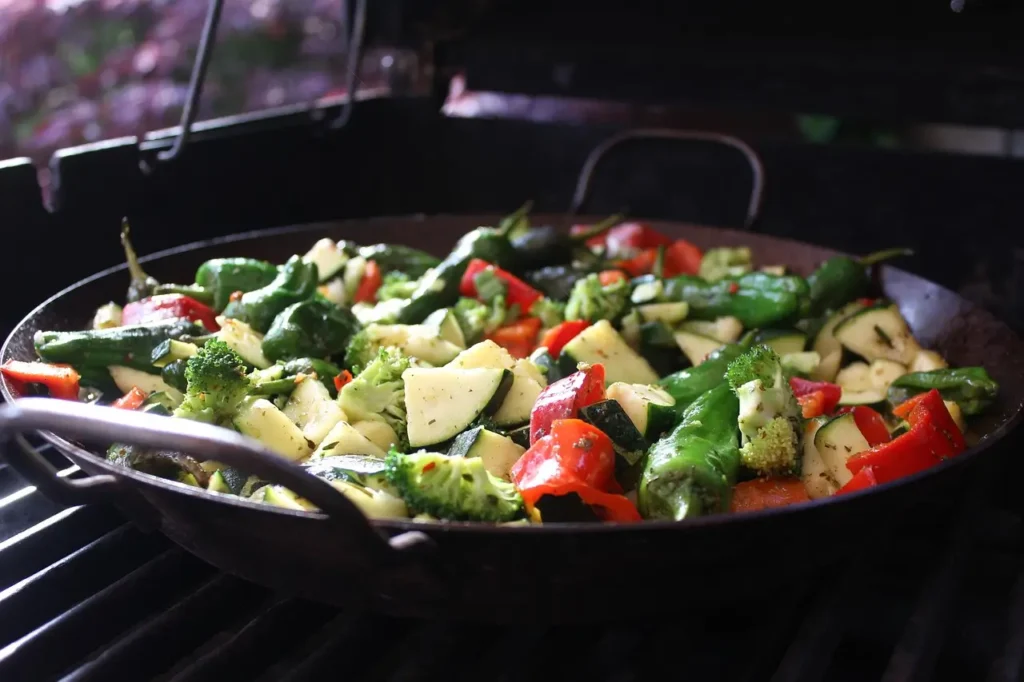
Mastering how to cook without oil also means embracing dry roasting and grilling techniques that concentrate natural sugars and impart smoky nuances. A hot oven or grill transforms root vegetables, cauliflower florets, and mushrooms into golden, umami-rich morsels with no more than a whisper of cooking spray or a parchment barrier to prevent sticking. The secret to these oil-free cooking for beginners methods is even spacing and high initial heat—around 425°F—to caramelize surfaces quickly, followed by a lower temperature finish. With these strategies, you’ll uncover the depth of flavor that makes cooking without oil both a healthy choice and a culinary delight.
Flavor Development through Aromatics and Acids in How to Cook without Oil
A common concern when exploring how to cook without oil is loss of flavor, yet the real magic lies in amplifying aromatics—like garlic, shallots, and fresh herbs—and balancing them with acidic components such as citrus juices or vinegars. By first “dry toasting” whole spices in a hot pan, you awaken essential oils within them, then deglaze with a splash of broth or lemon to capture every nuance. Incorporating oil-free cooking tips like finishing dishes with a drizzle of infused vinegar or a sprinkle of nutritional yeast adds complexity and richness. These approaches to cook without oil ensure every bite is layered, vibrant, and fully satisfying—no oil required.
Tools & Equipment for How to Cook without Oil
Equipping your kitchen properly is crucial for cook without oil success. A high-quality nonstick skillet or a well-seasoned cast-iron pan provides the foundation for oil-free sautéing techniques. Meanwhile, an air fryer allows cooking without oil aficionados to achieve crispy textures using hot air circulation instead of fat. Steamer baskets, pressure cookers, and silicone parchment mats also play pivotal roles in oil-free cooking tips, expanding your repertoire to steam, pressure-cook, and oven-roast with ease. With the right tools, you’ll master how to cooking without oil effortlessly, turning any recipe into a healthier, oil-free triumph.
🍳 Essential Nonstick Tools for Oil-Free Cooking
Want to cook healthy meals without using oil? Discover the best nonstick kitchen tools recommended by Forks Over Knives to help you prepare delicious, low-fat dishes with ease.
🔧 View Oil-Free Cooking Tools GuideBaking without Oil: How to Cook without Oil in the Oven
Venturing into how to cook without oil doesn’t stop at stovetop techniques—it extends to the oven with baking without oil methods that yield moist, tender breads, muffins, and cakes. Replace oil with pureed fruits (applesauce, mashed bananas), silken tofu, or yogurt alternatives to maintain moisture while cutting fat. For a classic vegan cupcake, swap half the oil with pumpkin puree and the remainder with a streamlined aquafaba meringue, following cook without oil principles to achieve light, fluffy textures. These oil-free cooking for weight loss strategies not only reduce calories but also introduce nutrient-rich ingredients, aligning indulgence with wellbeing.
Advanced Insights and Expanded Strategies for How to Cook without Oil
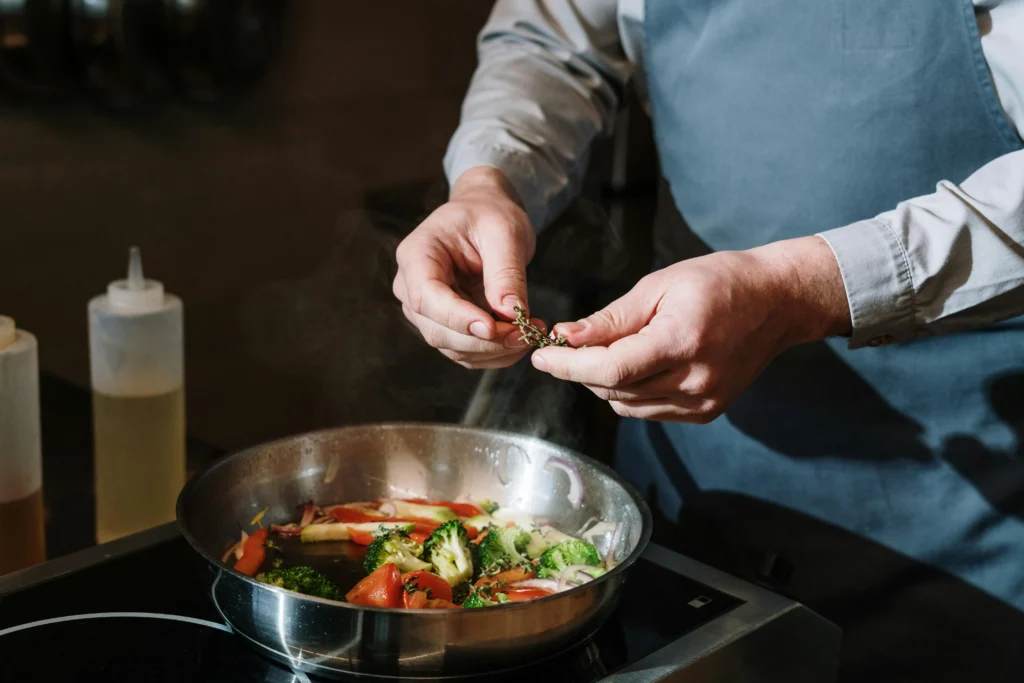
Elevating Flavor Profiles: Spice Blends and Marinades for How to Cook without Oil
Understanding how to cook without oil at an elevated level means becoming intimate with spices and marinades that infuse robust taste without fat. When you prepare a dry rub or wet marinade, consider acid–salt–sweet–spice balance: lemon or lime juice (acid) brightens, sea salt or tamari (salt) amplifies, a touch of date paste or maple syrup (sweet) rounds, and a blend of coriander, cumin, smoked paprika, and black pepper (spice) deepens complexity.
For example, whisk together apple cider vinegar, ground fennel, chili flakes, and a dash of maple syrup to marinate cauliflower steaks—then grill or roast them, achieving rich caramelization without a drop of oil. These oil-free cooking tips not only unlock new layers of flavor but also reinforce your mastery of cook without oil in every dish.
By toasting whole spices—cinnamon sticks, cardamom pods, mustard seeds—in a dry skillet until fragrant, you awaken their essential oils, then crushing them fresh retains maximum aroma. Incorporate crushed garlic and ginger into these blends and let proteins (tofu, tempeh) or vegetables rest in the mixture for at least 30 minutes before cooking. This process deepens taste without relying on oil’s mouthfeel, illustrating a cornerstone of cooking without oil for beginners: flavor first. 😊
Incorporating Omega-3 and Healthy Fats Without Direct Oil Use
A common misconception in how to cook without oil is that you must eliminate all healthy fats. Instead, focus on whole-food sources of omega-3 and monounsaturated fats—ground flaxseed, chia seeds, hemp hearts, walnuts, and avocado slices—that integrate seamlessly into meals. Stir a tablespoon of ground flax into your morning porridge or blend chia seeds into a coconut-milk pudding to support heart health and satiety. This approach exemplifies oil-free cooking for weight loss by replacing calorically dense liquid oils with nutrient-packed solids that deliver texture and creaminess.
In sauces and dressings, emulsify nut butters (almond, cashew) with broth and vinegar to mimic oil-based vinaigrettes. A simple tahini-lemon dressing—tahini whisked with warm water, garlic, and lemon—demonstrates how cook without oil can still leverage healthy fats in their most wholesome form. By consciously selecting these ingredients, you enhance micronutrient intake while respecting the principles of baking without oil and stovetop cooking.
Meal Planning and Batch Cooking for How to Cook without Oil
Strategic meal planning transforms how to cook without oil from an occasional experiment into a sustained lifestyle. Start by mapping out three to four core recipes each week—soups, stews, sheet-pan roasts—that rely on broth or water for cooking. Allocate one afternoon to batch-cook: steam a giant tray of mixed vegetables, poach chickpeas in spiced stock, and grill marinated tofu. Portion these into 24-hour windows, rotating flavors and textures to stave off monotony.
Apps like Mealime and Forks Over Knives Meal Planner streamline grocery lists and batch instructions, making cooking without oil for beginners feel effortless. These platforms allow you to set “oil-free” preferences, automatically filtering recipes that teach oil-free sautéing techniques and baking without oil. When you open your fridge, you’ll see ready-to-eat components rather than a sparse selection of unseasoned vegetables. This proactive method of cooking without oil ensures nutritional balance, minimizes decision fatigue, and keeps you aligned with oil-free cooking tips all week long.
One-Pot and Sheet-Pan Recipes to Simplify Cooking without Oil
For many home cooks, mastering how to cook without oil hinges on minimizing cleanup without sacrificing flavor. One-pot wonders—like Moroccan chickpea-tomato tagine—or sheet-pan dinners—such as turmeric-spiced cauliflower with tomatoes and olives—embody this principle. Preheat the oven to 425°F, spread vegetables evenly on a parchment-lined tray, and roast until charred edges appear. The natural sugars caramelize, offering depth you’d normally chase with oil.
When sautéing aromatics in a nonstick Dutch oven, add 2–3 tablespoons of vegetable broth, letting it absorb before the next splash. This oil-free sautéing technique achieves the “sizzle” effect without fat. Layering spices directly onto wet ingredients enhances adherence and toasting. By consolidating cooking and cleanup, these recipes teach you cook without oil in a practical, time-saving way—ideal for busy weeknights or novice cooks exploring oil-free cooking tips.
Global Cuisines and Techniques to Inspire How to Cook without Oil
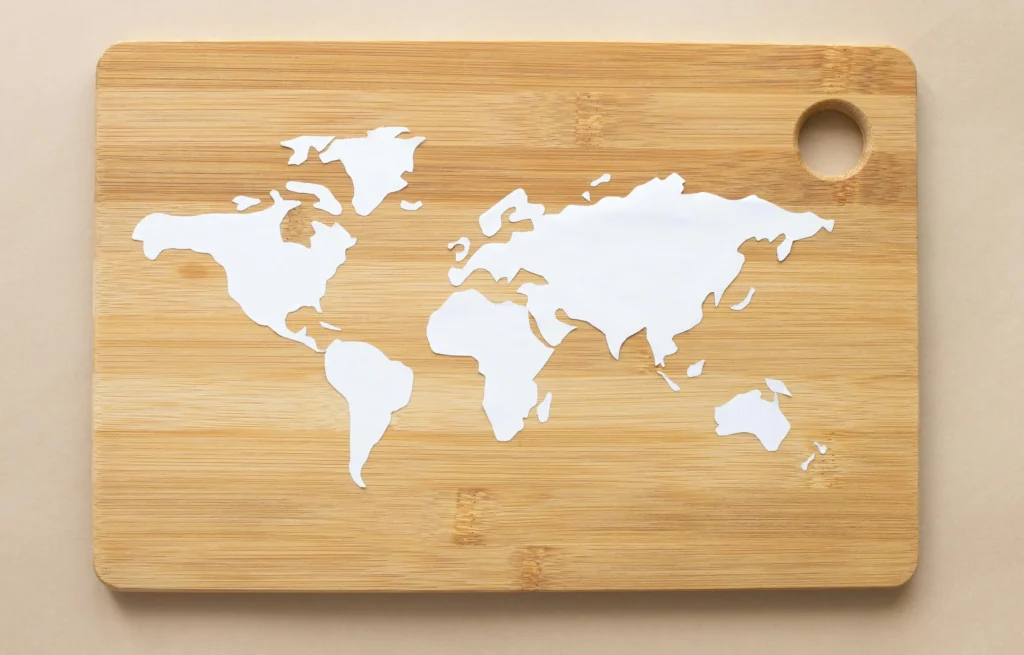
Exploring international traditions reveals countless examples of how to cook without oil organically woven into culinary heritage. In Japanese cuisine, “yudofu”—simmered tofu in kelp broth—relies purely on water’s gentle heat to impart flavor, demonstrating oil-free cooking for weight loss simplicity. In Indian cuisine, the Bengali “bhorta” technique—mashing roasted eggplant or potato with garlic, chili, and mustard water—eschews oil entirely yet yields a luxurious mouthfeel.
Mexican “agua chile” uses citrus-poached shrimp or vegetables bathed in chile-infused lime water, showcasing cooking without oil for beginners how acidity can replace fat. Nordic methods like steaming fish over dill-infused water or roasting root vegetables on a hot stone mirror these principles. Embracing global oil-free cooking tips not only diversifies your menu but embeds the idea that cook without oil is a time-honored, cross-cultural practice—far from a modern deprivation diet.
Combining How to Cook without Oil with Exercise and Mindful Eating
While how to cook without oil slashes dietary fat, pairing it with a holistic lifestyle multiplies its impact. Incorporate daily movement—yoga, walking, cycling—to complement your oil-free meals and support weight-loss goals. Post-meal gentle stretching or a brief walk aids digestion and reinforces a positive association between food and physical well-being.
Mindful eating practices—a few moments of gratitude before meals, chewing each bite until fully liquefied, pausing between mouthfuls—empower you to notice subtle flavors unlocked by oil-free cooking. Tracking satisfaction levels helps you fine-tune portion sizes and seasoning. By treating cook without oil as one pillar of a sustainable routine—alongside fitness, sleep, and stress management—you cultivate a resilient, health-focused mindset that transcends mere calorie counting. 😊
Maintenance of Cookware and Kitchen Tools for How to Cook without Oil
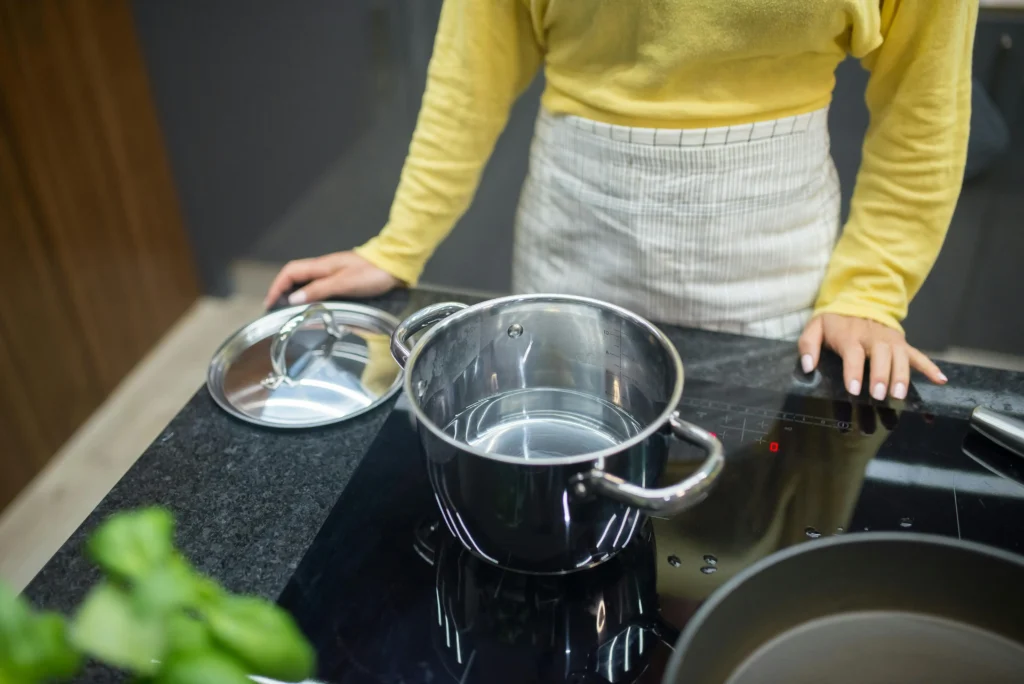
A seamless how to cook without oil experience depends on well-maintained equipment. High-quality nonstick surfaces require gentle care: avoid metal utensils, wash with soft sponges, and never overheat an empty pan. Seasoned cast-iron skillets benefit from periodic re-seasoning with a thin coat of flaxseed oil baked at 500°F, creating a natural nonstick layer.
Invest in an air fryer with a ceramic-coated basket to achieve perfectly crisp textures when baking without oil, whether zucchini chips or chickpea puffs. A sturdy stainless-steel steamer or bamboo basket expands your oil-free repertoire to include dumplings, buns, and vegetables that retain vibrant color and nutrients. By cherishing these tools, you reinforce your commitment to cooking without oil, ensuring every technique—from oil-free sautéing technique to broiling—remains frictionless and effective.
Troubleshooting Flavor and Texture in Baking without Oil and Beyond
Even veteran cooks sometimes question how to cook without oil when textures don’t align with expectations. In baking, dryness can be remedied by increasing moisture-rich substitutes: swap half the fruit puree for grated zucchini or carrots, which lend water content and natural sweetness. Folding in a tablespoon of aquafaba or coconut yogurt can improve crumb structure.
On the stovetop, if vegetables steam rather than brown, raise heat in short increments, then lift and turn pieces frequently to expose dry surfaces to direct heat. Deglazing with broth or vinegar captures fond—the flavorful bits left behind—transforming potential sticking into an asset. For grains like quinoa or rice, rinse thoroughly, toast dry for two minutes, then add double the water. This pre-toasting step enhances nuttiness without oil. These oil-free cooking tips ensure that every challenge becomes a lesson in mastering how to cook without oil.
Hosting Gatherings with How to Cook without Oil for Beginners
Entertaining guests need not derail your how to cook without oil ethos—in fact, it can showcase your creativity. Build a grazing board of marinated olives, pickled vegetables, and fresh fruit, accompanied by oil-free hummus and bean dips. For a centerpiece, prepare a baked ratatouille: layered eggplant, zucchini, tomatoes, and bell peppers, brushed with seasoned broth and baked until tender.
Serve oil-free flatbreads made by pan-toasting rolled dough on a hot griddle, then topping with smashed tomato and herb compote. These dishes illustrate that cooking without oil for beginners can be elegant and festive. Encourage friends to share their own oil-free cooking tip, turning dinner into a collaborative exploration of flavor and technique. This communal approach reinforces your mastery of cook without oil and spreads the practice organically.
Tracking Progress and Personal Success Stories in How to Cook without Oil
Just as you would monitor weight or strength gains, document your how to cook without oil journey with a digital journal or photo log. Record daily energy levels, skin quality, digestive comfort, and mood shifts alongside any scale changes. Over time, patterns emerge: perhaps your midday slump disappears when you adopt a broth-based lentil soup, or your sleep quality improves after replacing nighttime snacks fried in oil with roasted spiced nuts.
Invite readers to share testimonials in a dedicated forum or social media hashtag like #OilFreeAndThriving. Featuring stories—such as Lina’s 20-pound loss in three months or Marco’s reversal of high cholesterol—creates a positive feedback loop that inspires newcomers. These narratives humanize how to cook without oil, transforming it from an abstract concept into a deeply relatable, community-driven adventure.
Quick Tips
- Keep vegetable broth or water in a spray bottle for instant deglazing during oil-free sautéing techniques.
- Freeze portions of blended vegetable “oils” (like garlic-ginger paste) in ice cube trays for quick flavor boosts.
- Label and date your batch-cooked components to rotate easily and avoid waste.
- Use parchment or silicone mats to prevent sticking in baking without oil and sheet-pan roasting.
- Experiment with spice blends from different cuisines to sustain excitement in cook without oil.
Key Takeaways
- Mastering how to cook without oil hinges on flavor layering through spices, acids, and whole-food fats.
- Invest in quality cookware, maintain it diligently, and embrace tools like air fryers and steamers.
- Batch cook and meal-plan with apps tailored to oil-free cooking tips, ensuring consistency and variety.
- Draw inspiration from global cuisines, share success stories, and track personal health metrics for motivation.
- Baking without oil is achievable by substituting with pureed fruits, aquafaba, and nondairy yogurts.
🥕 8 Quick Vegetarian Cooking Hacks You’ll Wish You Knew Sooner
Make your plant-based cooking faster, tastier, and easier! These vegetarian kitchen hacks will save time and elevate your everyday meals — perfect for beginners and pros alike.
🍽️ Discover Vegetarian Cooking Hacks🌿 Also check out our Cooking Guides for more time-saving plant-based tips!
Oil-Free Cooking for Weight Loss: How to Cook without Oil for a Healthier You
For those drawn to oil-free cooking for weight loss, how to cook without oil is a cornerstone of reducing caloric density and fostering satiety. By eliminating oil—which delivers 120 calories per tablespoon—you carve out space for nutrient-dense foods, enabling larger portions of vegetables, legumes, and whole grains without calorie overload. Integrate cook without oil by bulk-prepping soups, stews, and salads using oil-free cooking tip, then portion for easy grab-and-go meals. Paired with mindful eating—savoring each bite—this approach transforms your relationship with food, making how to cook without oil a sustainable, empowering path to your health goals.
Real-World Success Stories: Transformations through How to Cook without Oil
Nothing underscores the power of cook without oil like hearing from those who’ve transformed their health and palates. Consider Maya, a yoga instructor who swapped her daily stir-fry oil for vegetable broth, losing 15 pounds in two months and discovering new depth in her favorite dishes. Or Rahul, an IT professional whose cholesterol dropped 20 points after embracing how to cook without oil, thanks to daily oil-free soups and grain bowls. These oil-free cooking for beginners triumphs highlight that how to cook without oil is more than a technique—it’s a lifestyle shift that unlocks flavor, health, and confidence in the kitchen. 😊
Top Tools & Apps to Support How to Cook without Oil
Elevate your how to cook without oil practice with technology designed for modern kitchens. Apps like Forks Over Knives and Oh She Glows provide vast libraries of oil-free cooking tips, searchable by ingredient, cuisine, or technique. Use MyFitnessPal to track your fat intake and see firsthand how how to cook without oil reduces overall calories. Meanwhile, meal-planning platforms such as Mealime streamline grocery lists for cooking without oil for beginners, ensuring you never reach for oil out of habit. Integrating these tools not only simplifies how to cook without oil but keeps you motivated with metrics and community support.
Troubleshooting Common Challenges in How to Cook without Oil
Even seasoned cooks encounter hurdles when mastering how to cook without oil. Sticking can be solved by properly preheating your pan, using a minimal but steady spray of water or broth, and choosing the right cookware. If flavors seem flat, revisit your seasoning approach: increase aromatics, embrace toasting spices, or finish with acid and umami boosters like umeboshi vinegar or miso paste. For texture issues, experiment with cooking times and temperatures; high, brief heat caramelizes sugars, while low, slow cooking yields tenderness. These oil-free cooking tips ensure that cooking without oil becomes second nature, with every challenge transformed into a creative opportunity.
Quick Tips
- Preheat pans thoroughly before adding ingredients.
- Use small, frequent splashes of broth or water to prevent sticking.
- Layer flavors: toast spices, sweat aromatics, deglaze liberally.
- Embrace acid finishes—citrus and vinegar brighten dishes.
- Explore pureed fruits and yogurts for baking without oil.
Key Takeaways
- Master cook without oil by combining proper heat control, quality cookware, and moisture-based sautéing.
- Leverage steaming, poaching, dry roasting, and grilling to highlight vegetable flavors.
- Enhance taste through aromatics, spices, and acidic finishes rather than oil.
- Utilize pureed fruits, aquafaba, and nondairy yogurts in baking without oil to maintain moistness.
- Integrate apps like Forks Over Knives, MyFitnessPal, and Mealime for recipes, tracking, and planning.
Frequently Asked Questions
2. How do I prevent food from sticking when I cook without oil?
Use well-seasoned cast-iron or high-quality nonstick pans, preheat thoroughly, and add small splashes of water or broth as needed. Keeping the pan moist creates a steam barrier that prevents sticking.
3. Can I bake cakes and cookies without oil?
Absolutely. Replace oil with applesauce, mashed bananas, silken tofu, or full-fat yogurt alternatives. These swaps maintain moisture and texture while cutting fat and calories.
4. Does oil-free cooking take more time?
Initially, learning how to cook without oil may require a slight adjustment in timing and technique, but once you master moisture management and pan temperature, oil-free methods often save cleanup time and deliver faster results.
5. Where can I find more oil-free recipes and community support?
Explore resources like Forks Over Knives, Oh She Glows, and the Oil-Free Vegan forum. These platforms offer thousands of oil-free cooking tips, recipe variations, and peer support to keep you inspired.
Conclusion
Embracing how to cook without oil unlocks a world of vibrant, healthful cooking where vegetables shine and well-being flourishes. By applying these oil-free cooking tips, mastering your tools, and harnessing flavor-building strategies, you’ll transform everyday meals into nourishing, oil-free masterpieces. Ready to revolutionize your kitchen? Download our free 7-day oil-free cooking for beginners meal plan and join our community forum to share recipes, successes, and creative twists on how to cook without oil. Your healthiest, most flavorful cooking adventure starts now! 🌿
